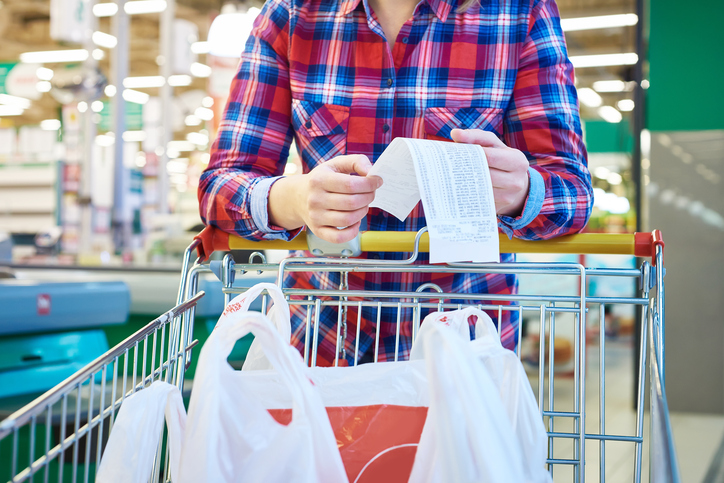Picture the following scenario:
You grab your grocery list and your keys and head to the store, kids in tow. You wander the aisles grabbing things you need (and plenty you don’t).
Your kids want a bag of cookies and you also don’t remember adding those animal crackers to the cart.
It’s been an hour and you are ready to go.
You hit the register and, with all of your coupons, you’ve saved enough money to buy the cookies and that tabloid magazine you probably wouldn’t have grabbed had the line not been so long.
Sound familiar? We figured we weren’t alone.
What if you could avoid the hassle of going to the grocery store and avoid all those impulse buys? But what if this option didn’t allow you to use your precious coupon collection?
Some people consider shopping online for groceries (which renders their coupons ineffective) to be a fair trade, since they avoid adding items they don’t actually need to the cart. There’s also the time, effort and mental health saved by leaving the kids at home. Another benefit: these online grocery shopping methods keep track of how much you’ve spent in a running total as you add items, which makes it ideal for people adhering to a strict budget.
According to The Washington Post, both in-store and online grocery shopping methods have strong and weak points, so it’s really up to you how you should buy groceries.
If you’re considering online grocery shopping, here are a few things to keep in mind:
- There is usually a fee for online grocery delivery
- Some stores allow coupons for online drivers if you give them to the delivery driver
- Some stores have virtual coupons online
- In-store deals are not always available online
- Regularly-priced items tend to be similarly priced in-store and online (not including the cost of delivery)
If you grocery shop online, tell us why at stories@stelizabeth.com/healthyheadlines!

